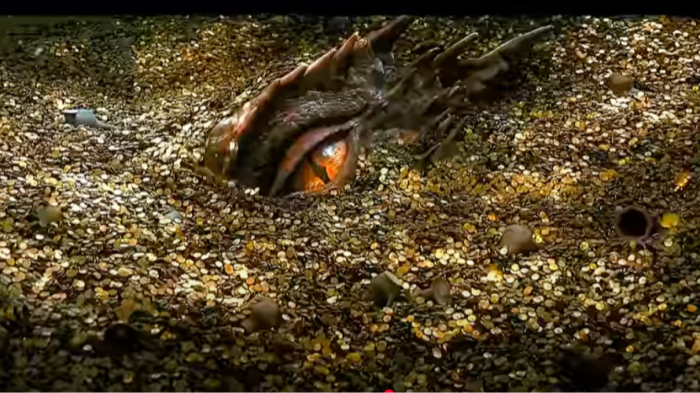Stay informed with free updates
Simply sign up to the Currencies myFT Digest — delivered directly to your inbox.
Since Donald Trump’s re-election — or at least since Liberation Day — the US dollar’s reserve asset status has been litigated among economists and columnists. And it’s hard to argue that its shine has come off.
Cue the chart:
And yet, as MainFT reported on Wednesday, it’s the euro that has been overtaken by gold as the second largest central bank reserve asset.
Sure, it’s easy to dismiss the change in rank as a function of so-called “maths”. Both gold and the euro started the year with reserve shares not a million miles from one another, and after a 30 per cent rally the shiny metal came out top.
However, part of the explanation for gold’s price surge lies at the feet of the central banks themselves. For the third year in a row, they’ve accounted for more than a fifth of total gold demand.
Why might that be?
🤔🤔🤔
Inflation-linked bonds and gold are both you might call “portal assets” — enabling people to transfer wealth from one monetary regime to another. Lower inflation-linked bond yields have typically been associated with higher gold prices, and vice versa; they compete with each other in the portal asset space.
The breakdown between the two series might therefore represent a radical shift in expectations that the US government is good for their debt. Or it could just be the breakdown of what will look — in the grand sweep of history — like a spurious correlation.
But, lest we forget, Russia saw its foreign-exchange reserves frozen following their invasion of Ukraine. Which from Russia’s perspective looks a lot like the US government (as well as the EU and a variety of other governments) not being good for their debt.
The ECB reckons that more than half of the increase in official gold reserves has been accumulated by Russia’s central bank since invading Crimea in 2014. RAND Europe has pointed out that prior to the invasion of Ukraine, Russia transferred the entire holding of its National Welfare Fund into yuan (60 per cent) and gold (40 per cent) — even if it has been selling ever since.
When asked in a World Gold Council survey about their rationale for holding gold, a fifth of emerging market reserve managers cited “anticipation of changes in the international monetary system”. That sounds suspiciously goldbug-y.
However, eyeballing the chart it also looks like more than a quarter of them hold gold out of concerns about having their reserves frozen with sanctions.
Will gold continue its ascent among reserve managers and knock King Dollar from its throne? We can see why countries worried about being sanctioned might continue to allocate. And if China moves with purpose into the shiny metal, all bets are off.
Among developed market central banks, we’re doubtful that big changes are on the cards. As one central banker who had been adding gold to their reserve mix told OMFIF:
Generally it is an asset class that is very hard to manage, mainly because nobody knows why the price moves
This strikes us as a refreshingly honest take on gold price drivers. It’s also a good argument against gold allocations by developed economy central bankers who aren’t looking to take a punt on the direction of Western sanctions with their country’s foreign-exchange reserves.
The euro has plenty of problems, but it’s got deep capital markets, constitutes around a third of global foreign exchange settlements, and is the invoicing currency for half of imports into the Eurozone from non-euro area countries as well as three-fifths of Eurozone exports to non-Eurozone countries. Moreover it has a central bank committed to solving monetary problems and pedantically committed to the rule of law.
Given that the job of central bankers involves the avoidance of system collapse, rather than positioning for it, the euro seems a more natural destination for any post-Liberation Day de-dollarisation shift in reserves, even if gold is enjoying a moment.
https://www.ft.com/content/6d6a04d3-2fe6-4461-a9f9-bc3a0cc2a582


